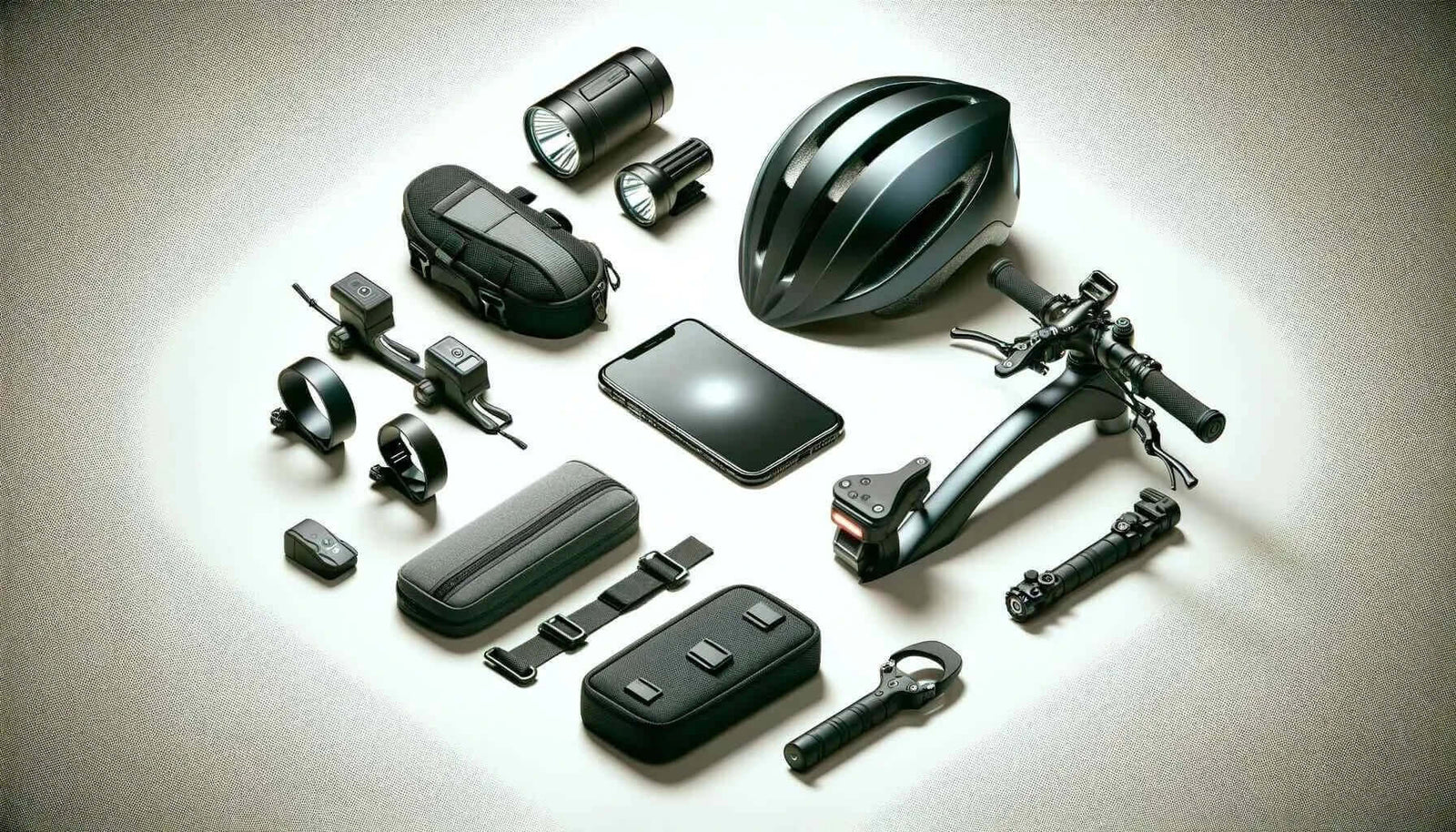
Best E Bicycle Parts to Buy Online in 2025: Batteries, Brakes, Motors & More
Getting Started with E-Bike Parts
Working on your ride can feel hard when you see so many e bicycle parts online. You need to know what works together, what upgrades help, and what wastes your money. Our goal is to help you pick the right parts for 2025. We want you to get good performance, stay safe, and get good value for your money.
The most important upgrades for any e-bike are the battery, motor, and brakes. These three parts control your power, how far you can go, and how well you can stop. Getting these right makes a great electric bike.
What This Guide Covers
We will talk about these topics:
- The Electric Core: Batteries, Motors, and Controllers
- Mechanical Must-Haves: Brakes, Drivetrains, and Tires
- The Compatibility Problem: Making Sure Your Parts Fit
- The 2025 Outlook: What's New and Worth Buying
The Electric Core
These parts are the heart of your e-bike. They give you power, decide how far you can ride, and control how the bike feels. When you think about which e bicycle parts to upgrade first, start here.
E-Bike Batteries Explained
The battery does more than just give power. It controls how far you can go, affects how much the bike weighs, and costs the most money.
Important Numbers:
- Voltage (V): Think of this as power strength. Higher voltage like 48V or 52V gives more force, faster speed up hills, and better climbing than 36V systems.
- Amp-Hours (Ah): This is your gas tank size. Higher Ah means the battery lasts longer and gives you more range.
- Watt-Hours (Wh): This number helps you compare batteries best. You get it by multiplying Voltage times Amp-Hours (V x Ah). A 48V 15Ah battery has 720Wh of energy, giving more range than a 36V 20Ah battery but with stronger power delivery.
Safety First: UL Certification
E-bike battery fires are dangerous with cheap batteries that haven't been tested. Always buy batteries that have passed safety tests. The most important standard is UL 2849, which tests the whole e-bike system for fire safety. We strongly suggest only buying batteries that list essential safety certifications like UL 2849. This certification shows quality and safety that you cannot skip.
| Battery Voltage | Typical Watt-Hours (Wh) | Common Use Case |
|---|---|---|
| 36V | 350-500 Wh | Light commuter bikes, easy city riding. |
| 48V | 500-850 Wh | Standard choice for most modern e-bikes. |
| 52V | 700-1000+ Wh | High power, heavy cargo, steep hills. |
Hub vs. Mid-Drive Motors
The motor makes your bike electric. The two main types, hub-drive and mid-drive, feel very different when you ride and have different benefits.
Hub Motors
These sit in the center of your front or rear wheel. Hub motors are simple, reliable, and cost less money. They work separately from your bike's gears.
- Good points: Cost less, need little care, and give a pushing feeling that works great for flat roads and easy riding.
- Bad points: Make fixing flat tires harder. The weight sits at one end of the bike, which can affect how it handles on bumpy roads, and they work less well on steep hills.

Mid-Drive Motors
These sit at the bike's pedal area and put power directly into the chain system.
- Good points: Use the bike's gears, giving better climbing power for steep hills. The weight sits low and centered, making the bike feel balanced and natural like a regular bike, and they use energy better.
- Bad points: Cost more than hub motors and make your chain and gears wear out faster.
According to a comprehensive e-bike motor guide, your choice depends a lot on how you ride.
2025 Buying Advice: Most riders who want better performance, especially for trails or hilly rides, should pick a mid-drive motor as the best choice. However, modern hub motors with gears offer great power for city riders at a good price and install easier as replacements.
The Unsung Hero: Controller
The controller acts as the brain of your e-bike's electrical system. This small box connects your battery, motor, display, and sensors like throttle and pedal help, controlling the flow of electricity. You might upgrade your controller to get more power from your system, to work with a higher voltage battery, or to get smoother, more responsive power. The key point is that your controller must be rated for your battery's voltage and your motor's power needs. A wrong match can cause poor performance, system shutdowns, or permanent damage to your parts.
Beyond Electrics
Strong electrical parts are only half the story. That power means nothing without strong mechanical e bicycle parts to handle the speed and force. Upgrading your motor often means you need to upgrade these parts too.
Brakes: Your Top Safety Feature
E-bikes weigh more and go faster than regular bikes, putting huge stress on their brakes. Bad brakes create a major safety danger.
Types of Brakes:
- Mechanical Disc Brakes: These use a steel cable to work the brake part. They work reliably and home mechanics can adjust them easier, but they give less stopping power and need adjustments more often.
- Hydraulic Disc Brakes: These use fluid in a sealed line to move force from the lever to the brake part. They give much better stopping power, better control for fine adjustments, and self-adjusting pads.
For 2025, we think hydraulic disc brakes are required for any e-bike used for more than slow, easy riding. A critical feature for any e-bike brake system is a motor cutoff sensor. These sensors build into the brake levers or you can add them on. When you pull the brake lever, they instantly cut power to the motor. This stops the motor from fighting against your brakes and keeps you safe.
Drivetrain: Handling E-Bike Force
The motor, especially a mid-drive, puts much more stress on your chain, rear gears, and front gear than your legs ever could. Regular bicycle parts wear out fast and can even break under this load.
When replacing these parts, look for ones marked as e-bike specific or e-bike rated. Brands like SRAM with their EX1 line and Shimano with Linkglide technology make parts from harder steel with stronger construction designed to handle the high-force environment of an e-bike. They last much longer and shift more reliably under power. For low-maintenance commuters, a belt drive works excellently but costs more than a traditional chain.
Tires: Gripping The Road
The tires are your only connection to the ground. E-bike tires must be stronger to handle the extra weight and higher average speeds. Look for models with better puncture protection layers.
The right tire depends on how you use your bike. Commuters should look for smoother tread for efficiency and a width of around 2.2 inches for a balance of comfort and low rolling resistance. Trail riders need bumpy, aggressive treads for grip, often in wider sizes from 2.4 to 2.8 inches. Fat-tire bikes, used on sand, snow, or for ultimate comfort, use massive tires that are 4.0 inches wide or more. Wider tires offer more cushioning and a larger contact area but also increase rolling resistance.
The Compatibility Problem
One of the biggest problems when buying e bicycle parts online is buying an expensive part only to find it doesn't fit or work with your bike. Here's how to avoid that costly mistake.
Proprietary vs. Universal
Understanding your bike's system is the first step.
Proprietary Systems: Major brands like Bosch, Shimano STEPS, Brose, and Yamaha design their main parts like motor, battery, controller, and display as a closed system. These parts work only with each other. You cannot use a Bosch battery with a Shimano motor. Upgrading or replacing parts within these systems means staying with the same brand.
Universal/Open Systems: These are common on many direct-to-consumer e-bikes and all DIY conversion kits. They offer much more flexibility for mixing and matching parts from different manufacturers like Bafang, KT, or various unbranded components.
However, this flexibility puts the burden of making sure parts work together squarely on you, the buyer.
Your Pre-Purchase Checklist
Before you click buy, run through this list.
- Check Connectors: Electrical connectors are not universal. Look closely at the number of pins and the shape of the plug on your existing part and the new one. Common waterproof connectors include Higo and Julet, which often use color-coded rings, but the pin setup is what truly matters.
- Match Voltages: This cannot be negotiated. A 48V battery requires a 48V controller and a 48V-compatible display. Mismatching voltages will destroy a component for sure.
- Check Physical Dimensions: Will that new, larger-capacity battery actually fit on your frame's main tube? Measure the physical length, width, and height of the battery and its mounting bracket. We've seen many riders buy a battery with the right specs but the wrong mounting plate, leading to a frustrating return process. Always double-check the physical fit.
- Read the Product Description: Sellers often list known compatibilities and incompatibilities. Look for phrases like "For Bafang BBS02 systems only" or "Not compatible with Bosch motors."
- When in Doubt, Ask! Good online sellers have support teams. Send them a message with your bike's make, model, year, and if possible, a photo of the part you're replacing.
A five-minute email can save you weeks of hassle.
The 2025 Outlook
The world of e bicycle parts is changing quickly. Here are the key trends we see shaping the market in 2025 and what's worth your investment.
Smarter, Integrated Systems
Expect to see more parts with built-in smart features. This includes GPS tracking for theft recovery, integrated systems that can be diagnosed and tuned via a smartphone app, and controllers that learn your riding style to optimize power delivery. While not essential, these features add significant security and customization.
Advancements in Battery Tech
While revolutionary new battery chemistry isn't quite mainstream, the real progress is in the Battery Management System (BMS). A high-quality BMS in 2025 will do a much better job of balancing cells, protecting against overcharging, and managing heat, leading to a longer overall battery lifespan and improved safety. Energy density is also slowly improving, meaning more Watt-hours in a slightly lighter package.
Next-Gen Motors and Drivetrains
The push is toward lighter, quieter, and more natural-feeling motors. Compact mid-drive units, like those from TQ and Fazua, offer assistance that is nearly silent and invisible, appealing to riders who want an e-bike that looks and feels like a traditional bike. In drivetrains, automatic and continuously variable transmissions (CVT) like the Enviolo system are becoming more popular, offering seamless shifting that's perfect for commuters who don't want to think about gears.
The Rise of Safety Standards
The push for UL certification is gaining momentum. We predict that within a few years, UL 2849 will shift from a strong recommendation to a legal requirement for sale in many regions. Investing in certified components now is not just a smart safety decision; it's a way to future-proof your ride.

Final Buying Advice
Working with online e bicycle parts requires careful attention. To make sure your upgrade or repair works well, always focus your budget on the core three: the battery, motor, and brakes. These have the biggest impact on your performance and safety. Before any purchase, run through the compatibility checklist—match voltages, check connectors, and measure physical dimensions.
Finally, never compromise on safety. A certified battery and a set of powerful hydraulic brakes are the best investments you can make in your e-bike and your well-being.
Frequently Asked Questions
1. Q: What's the most important e-bike part to upgrade first?
A: Start with the battery if you need more range, or the brakes if you want better safety. These two parts have the biggest impact on your riding experience and safety.
2. Q: Can I mix parts from different brands on my e-bike?
A: It depends on your system. Proprietary systems like Bosch or Shimano require parts from the same brand. Universal systems allow mixing brands, but you must check voltage, connectors, and physical fit carefully.
3. Q: How do I know if a battery is safe to buy?
A: Look for UL 2849 certification or other safety certifications listed in the product description. Avoid batteries without any safety testing, as they pose fire risks.
4. Q: What's the difference between hub and mid-drive motors?
A: Hub motors sit in the wheel, cost less, and work great for flat riding. Mid-drive motors sit at the pedals, use the bike's gears, and work better for hills and natural bike feel.
5. Q: Do I need special parts for my e-bike's drivetrain?
A: Yes, especially with mid-drive motors. Look for e-bike rated chains, cassettes, and chainrings made from harder materials. They handle the extra force better and last longer than regular bike parts.
































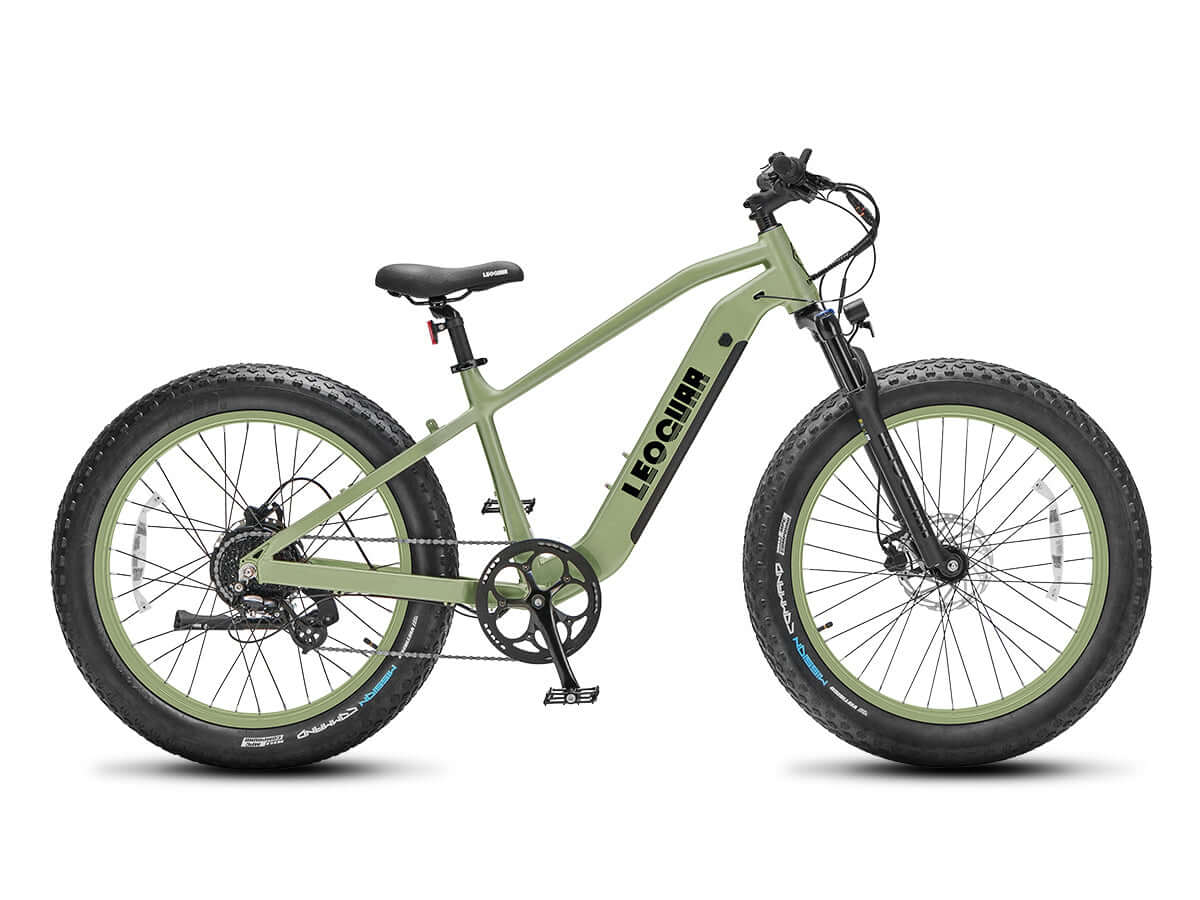
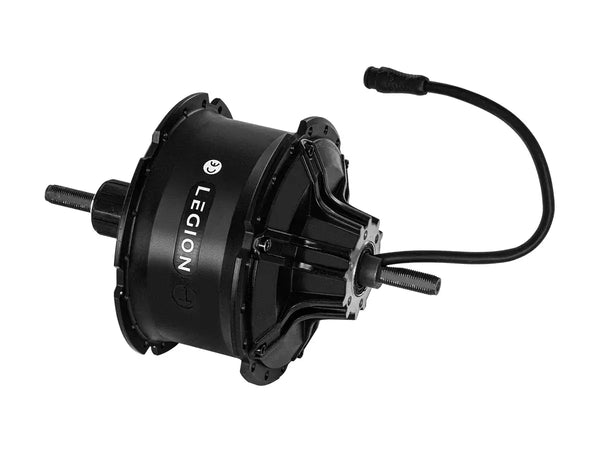
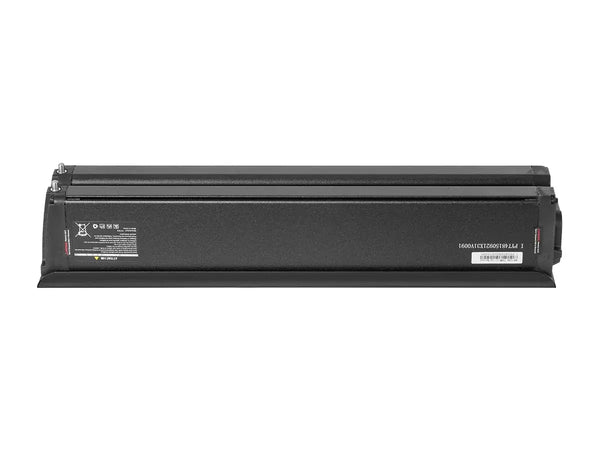
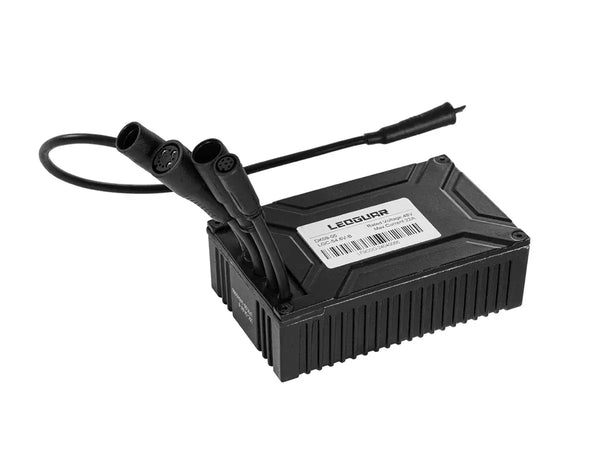








Leave a comment